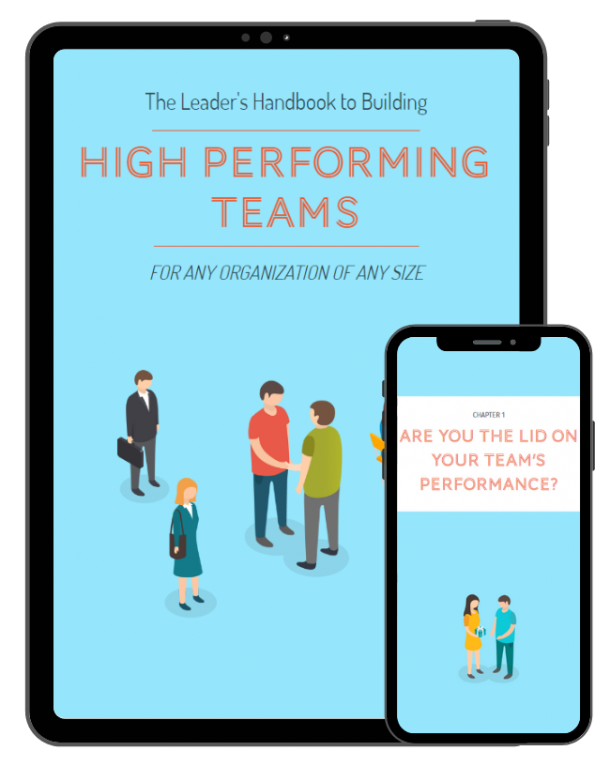
You may have heard the expression “Teamwork makes the dream work.” A fully capable, high- performing, connected and healthy team can make a measurable difference in the results you achieve as a leader.
Oftentimes, one is too small a number to achieve greatness or to be at the top of your game. You cannot do anything of real value by yourself. This only happens with the help and commitment of others.
For example, every top athlete has a team of coaches and experts surrounding them, to propel them towards their goals and accomplishments. Every top leader has a coach or team of advisors as well.
Consider the following three questions:
1. What is the impact of less than fully competent team members? When even just one member of a team lacks the necessary competence in performing their role, the impact on the team will be less productivity and inferior results.
This causes others on the team to step up and fill in for the deficiency. If this continues, it can cause resentment on the part of the other team members.
When high-performing team members become overworked, the leader risks burnout. Competent people start to look elsewhere for an organization which seems healthier, leaving the lower-performing team member to fend for themselves. This is not a good situation.
Do you have any less-than-competent members on your team? If so, what are you doing about it?
2. What is the impact of an “unconnected” team? If team members do not fully trust one another or the leader, they will respond in one of two ways: resistance or disengagement. When team members become disengaged, the impact on results and productivity is highly negative.
Gallup has produced reams of data on the negative effects of disengaged employees, and they estimate the difference in profits between engaged and disengaged teams is just over 200%!
How connected is your team and what are you doing to improve this connectedness?
3. What is the impact of team turnover? The actual cost of employee turnover is higher than most people realize. Studies have shown the cost can easily be 100%, 150% or even 200% of a person’s base salary, particularly those employees in the “knowledge-worker,” sales, and managerial classifications.
I am not aware of any company or organization who has who has a line item in their budget for cost of turnover. Therefore, these costs come right from the profit line of a company – this fact alone should get the attention of owners and CFOs.
According to Work Institute’s 2017 Retention Report, a study with over 34,000 respondents concludes that 75% of the causes of employee turnover are preventable!
What has been the turnover on your team or in your organization? What are you doing to reduce this?
The higher the rate, the more costly it is. In addition, when turnover is high, the organization’s reputation among potential candidates as well as customers is poor. This is a nasty combination.
If any of the above considerations have struck a nerve within you or another leader in your organization, please let me know. These issues are preventable and can be fixed.
We have access to a number of low cost and highly effective tools, to help you and have an immediate impact on the health of your team.
Best regards,
Bill

